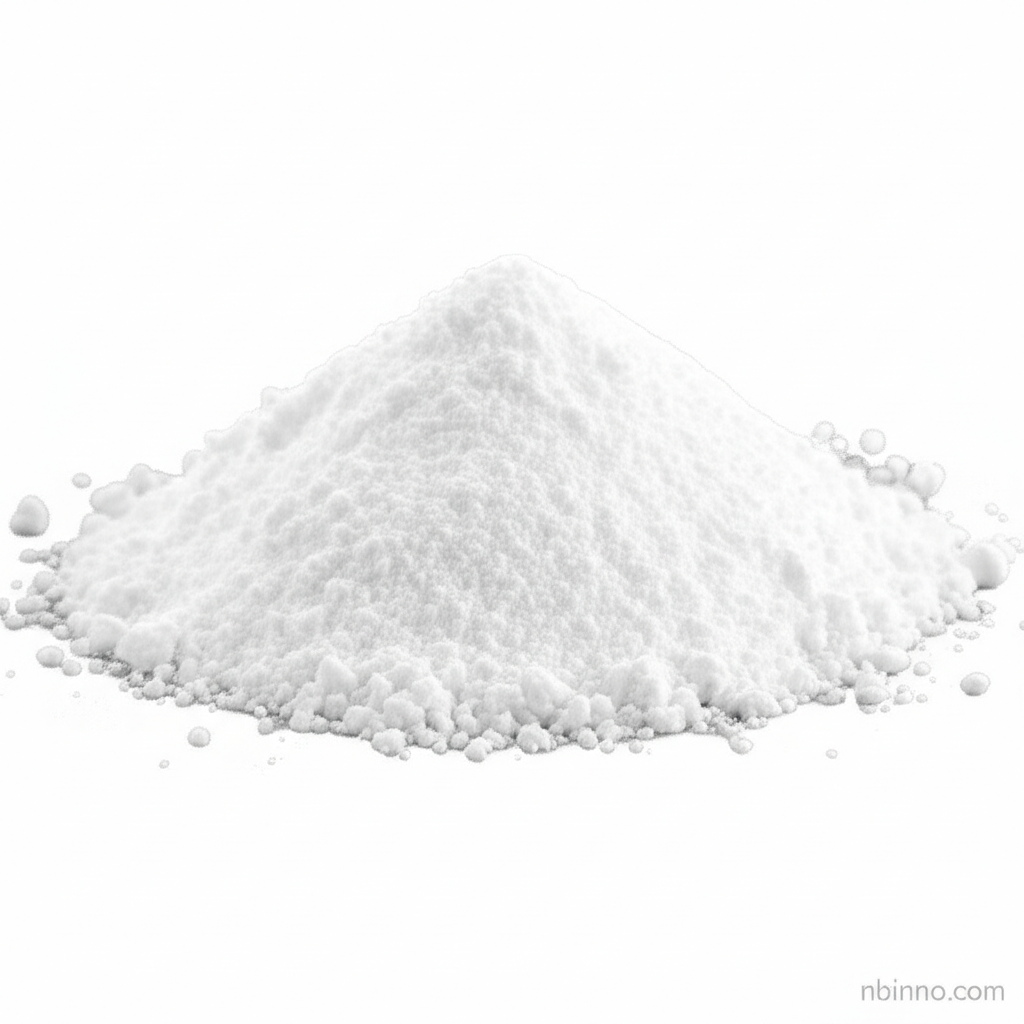Chlorhexidine: A Comprehensive Overview of its Properties, Applications, and Safety
Explore the versatile antiseptic properties and widespread uses of Chlorhexidine in healthcare and beyond.
Get a Quote & SampleProduct Core Value

Chlorhexidine
Chlorhexidine is a potent antiseptic and disinfectant valued for its broad-spectrum antimicrobial activity. It is crucial in preventing infections and maintaining hygiene across various sectors, from hospitals to dental practices. Its efficacy stems from its ability to disrupt microbial cell membranes, leading to cell death.
- Explore the diverse applications of Chlorhexidine, from dental care for plaque control to its vital role in wound care and skin preparation in healthcare settings.
- Understand the mechanism of action, detailing how Chlorhexidine effectively targets bacteria, fungi, and yeasts through cell membrane disruption.
- Learn about the common salt forms such as Chlorhexidine gluconate and acetate, and their respective solubilities and uses.
- Gain insights into potential side effects, including tooth staining and taste alterations, and the importance of proper usage and adherence to dental care instructions.
Key Advantages
Broad-Spectrum Efficacy
Chlorhexidine exhibits potent antimicrobial action against a wide range of Gram-positive and Gram-negative bacteria, yeasts, and some viruses, making it a versatile antiseptic.
Persistent Residual Activity
The chemical's strong affinity for the skin allows for a prolonged duration of antimicrobial effect, offering sustained protection hours after application, which is crucial for surgical site care.
Versatile Applications
From its well-established use in dental care for gingivitis and plaque control to its application in wound dressings and skin preparation, Chlorhexidine serves multiple critical functions.
Key Applications
Dental Hygiene
Chlorhexidine is widely used in dentistry to combat gingivitis, reduce plaque buildup, and promote oral health, often prescribed as a mouthwash for temporary use.
Surgical Site Preparation
In healthcare settings, Chlorhexidine is a standard for skin antisepsis prior to invasive procedures like surgery or catheter insertion, significantly reducing the risk of infection.
Wound Care
As an active ingredient in wound dressings and topical solutions, Chlorhexidine helps to disinfect wounds, prevent infection, and support the healing process.
Disinfectant Uses
Beyond direct patient care, Chlorhexidine serves as an effective disinfectant for surgical instruments and healthcare surfaces, contributing to overall infection control.
